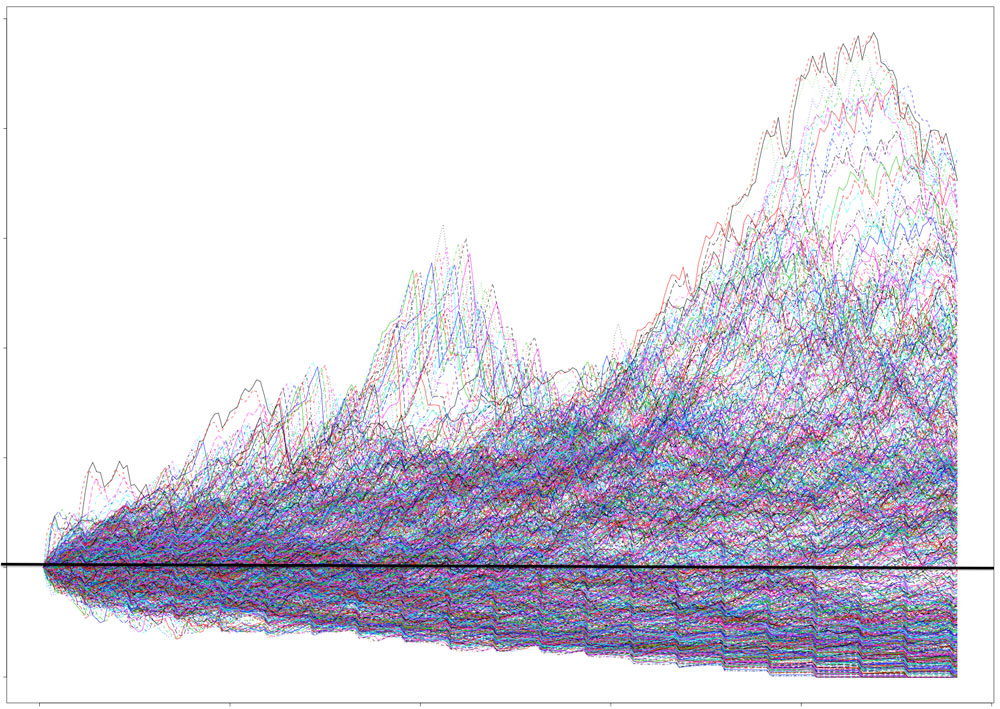The Interest Rate Tug-of-War
Quarterly ETF Portfolio Strategy Report (Q2 2014)
by Alfred Lee, CFA, CMT, DMS, Vice President, BMO ETFs
Portfolio Manager & Investment Strategist
BMO Asset Management Inc.
alfred.lee[at]bmo.com
In this report, we highlight our strategic and tactical portfolio positioning strategies for the second quarter using various BMO Exchange Traded Funds. Our key strategy changes are outlined throughout the report and in our quarterly outlook on page six.
• Surprising to many, the bond market has performed well year to date, with the FTSE/TMX Canada Universe Bond Index (formerly the DEX Universe), gaining 2.9% over the quarter. Longer maturity bonds, have outperformed year to date based on increased geopolitical risk and weaker economic data. (Chart A) Many investors, (ourselves included) had reduced duration risk on concerns of higher interest rates which has not yet come to fruition. Over the long-term however, our greater concern of higher interest rate volatility remains, particularly on the long-end of the yield curve.
• Geopolitical risk is back on the forefront, as turmoil has broken out in the Ukraine. The upheaval has led to a tense dispute between Russia and the West, causing equity market volatility to briefly return in March. The CBOE/S&P Implied Volatility Index1, often used as a fear gauge, had increased to 17.9, but still below its long-term average of 20. The geopolitical risk coupled with weaker economic data have counteracted the rise in long-term rates caused by the U.S. Federal Reserve’s (Fed) indication of tighter monetary policy in the near-future.
• Investors have also become concerned about China, as data points have indicated a slowdown in retail sales, factory output and investment growth. This prompted China’s premier to warn that its economy could face “severe challenges” in 2014.
• New Fed Chair, Janet Yellen outlined the central bank’s stimulus exit, leading mid-term rates of U.S. bonds to rise. The difference between the U.S. and Canadian 10-year bond yield continues to widen. Amongst other reasons, we believe this is a positive for the U.S. dollar (Chart B) and is supportive of our stance on having U.S. dollar assets non-currency hedged.
• Recent economic data out of the U.S. has also been weaker than expected. Consumer spending and job growth for example have waned, causing some concern in the markets. After severe weather conditions in much of North American over winter, we believe this played a significant
factor in dampening recent economic numbers. We continue to believe the U.S. recovery is gathering momentum, with items such as manufacturing back on the rise. The recent underwhelming data may actually cause expectations to move lower, potentially making upward surprises easier to materialize in the summer months.
• Credit spreads between both U.S. high yield bonds and investment grade bonds continue to narrow.
Cyclical based sectors also continue to outperform more defensive oriented sectors. We believe these underlying market characteristics are supportive of an economic recovery and bullish for equities.
Read/Download Alfred Lee's complete report below:
Alfred Lee: BMO Quarterly ETF Strategy Update Ref: ETF_PSR_Q2_2014_E_FINAL
Copyright © BMO ETFs















